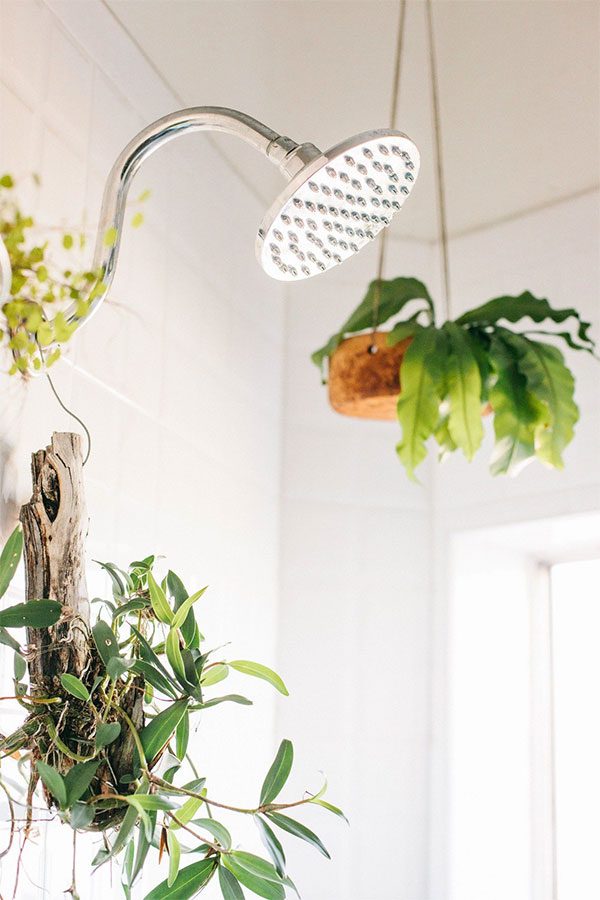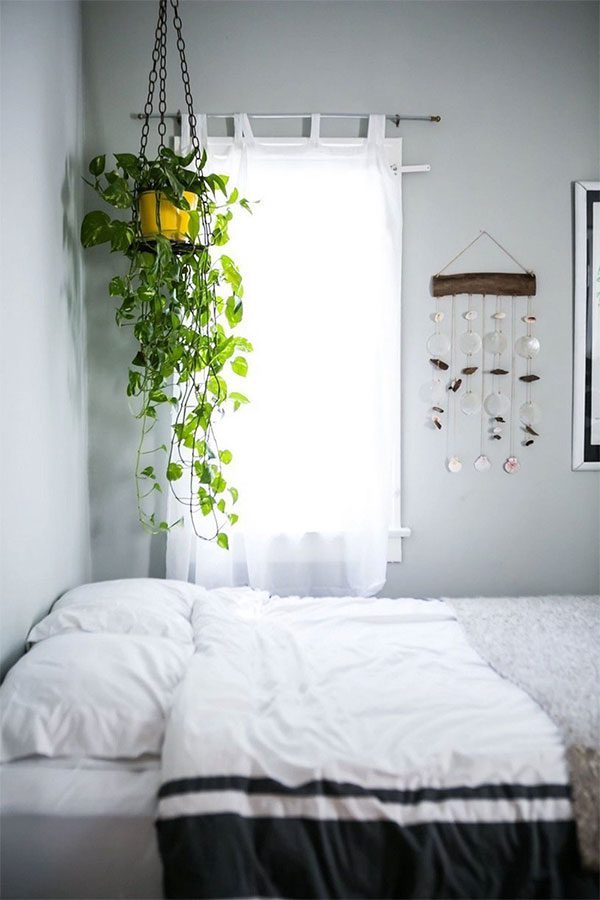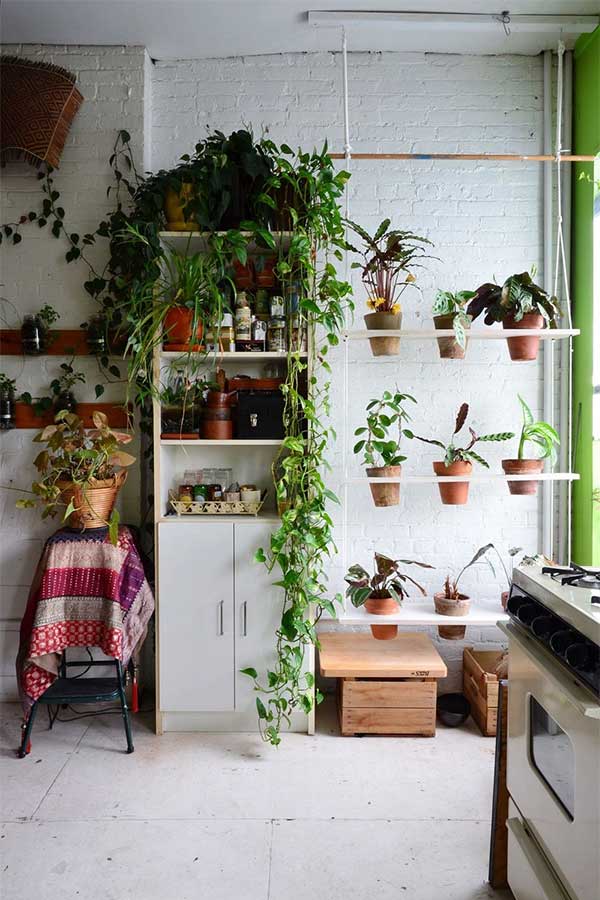If you own a garden or have planted or purchased a decorative plant for your home, you may know that yellowing leaves are one of the first signs that your plant is in trouble. However, many causes can lead to this issue, such as overwatering, diseases, and more, making it difficult to diagnose the problem at first glance.
Steps to Effectively Address Yellowing Leaves in Houseplants
Step 1: Check Moisture Levels
If you notice your plant’s leaves turning yellow, the first thing to consider is the water source for your plant. The most common factors leading to yellowing leaves are either too much or too little water. To check the moisture level, stick one finger about an inch deep into the soil (do not just check the surface, as this tends to dry out the fastest).

Check the water source for your plant when you notice yellowing leaves.
Diagnosis: If the soil cracks about an inch below the surface, your plant is likely thirsty. Give it a glass of water as soon as possible and maintain a more regular watering schedule. If the soil is too wet, your plant may be receiving too much water or may be overwatered. Look for signs of root rot, such as a moldy smell. If you suspect your plant is overwatered, adjust your watering schedule and consider transferring your plant to a container with better drainage.
Step 2: Look for Pests
While overwatering and underwatering are the two most common reasons for yellowing leaves, if you rule them out, pests might be the next culprit. Although hard to see with the naked eye, aphids or spider mites could be harming your plant.

If it’s not water, pests could be the reason for your plant’s yellowing leaves.
Diagnosis: If there are pests, you might notice small holes on the leaves. This indicates that spiders are damaging your crops. If you find a smooth white waxy substance on the plant, then aphids might be the culprit. To combat this harmful invasion, try washing your plant, pruning any wilted leaves, or spraying it with insecticide from the store.
Step 3: Ensure Adequate Sunlight
One possible reason for your plant’s yellowing leaves is a lack of sunlight. If your apartment receives little natural light, it may be time to find a different solution to bring in more light.

Your plant’s leaves turning yellow could also be due to a lack of sunlight.
Diagnosis: If your garden or potted plant is in a shady spot, consider moving it to a sunnier location, or let it bask in the sun near a window for a few hours. Monitor your plant, as some sensitive varieties may struggle to adjust to the temperature after being moved. It may sound obvious, but if your indoor plant is next to a window with curtains you often forget to open, be sure to change that immediately so your plants can enjoy the sunlight.
Step 4: Protect from Cold Weather
Many houseplants are tropical varieties that can suffer due to cold weather. If you have a potted palm next to a window during cold weather, don’t be surprised if the leaves turn yellow.
Diagnosis: Consider whether your plant is getting too cold. An overactive air conditioner could also be a contributing factor. Additionally, remember that the colder the environment, the less frequently you need to water your plant, as moisture in the soil will not evaporate quickly.

If the leaves turn yellow, it could indicate a nutrient deficiency.
Step 5: Ensure Nutritional Adequacy
You may think your plant is receiving all the necessary nutrients from the soil, but yellowing leaves can indicate a nutrient deficiency that hinders photosynthesis.
Diagnosis: If the older leaves on your plant are turning yellow and the new leaves are a very pale green, this could be a sign of nitrogen deficiency. Supplement with a plant food containing this nutrient and follow the recommended feeding ratio to avoid fertilizer burn. Just a proper amount of fuel, and your green plant will look lush again in no time.


















































